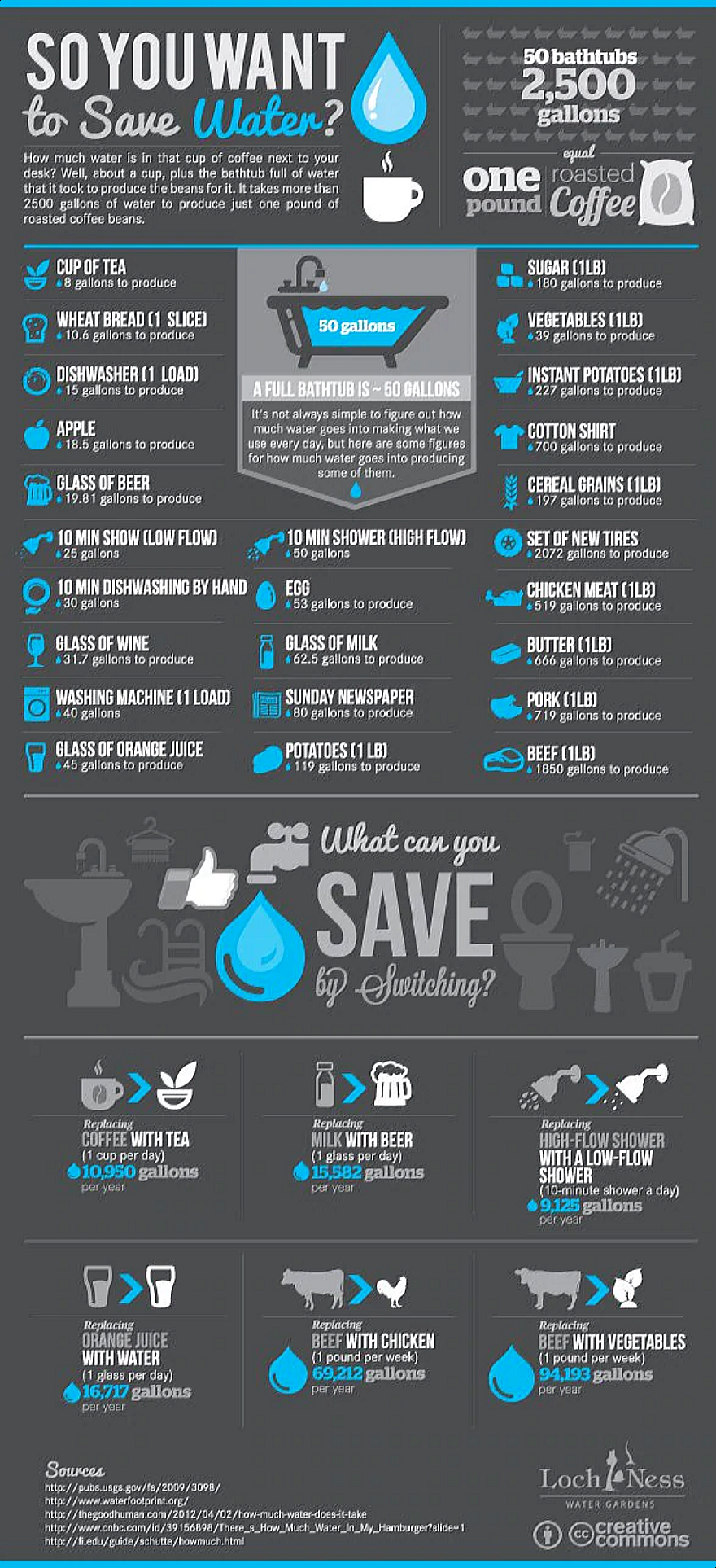
by ohioia_e612r2 | Feb 9, 2023
Join Us February 22, 2023 at the
Ohio Statehouse for Advocacy Day!
Join the industry partners of OhioPLANT in the upcoming Green Industry Advocacy Day scheduled for Tuesday, February 22, 2023 at the Ohio Statehouse in Columbus. Show your organization is part of a multi-billion dollar industry in Ohio and the importance of having a presence with Ohio’s new 135th General Assembly.
OhioPLANT is a coalition of pesticide, landscape, agriculture, nursery, and turf professionals who collaboratively advocate on behalf of those professions represented. This unified voice has made OhioPLANT the go-to resource for our state agencies and elected officials when discussing matters impacting these industries.
Tentative schedule of the day:
| 8:30 – 9:30 AM |
Legislative Breakfast Reception |
| 9:30 – 10:00 AM |
OhioPLANT Update – Tony Seegers. Esq. |
| 10:00 – 10:30 AM |
Guest Speaker TBD |
| 10:30 – 11:00 AM |
Guest Speaker TBD |
| 11:00 AM and on |
Appointments with legislators
Boxed lunch at your convenience |
Ohio Green Industry Advocacy Day is hosted by industry partners of OhioPLANT.
Don’t miss this unique opportunity to network with green industry colleagues, meet with your state legislators, and make your voice heard on issues critical to irrigation professionals.
 This year, our participation in this grassroots effort is more important than ever before.
This year, our participation in this grassroots effort is more important than ever before.
House and Senate term limits mean there will be many new faces in the state legislature, as well as in committees and chairs. Let’s make ourselves known to them!
Free to Ohio IA Members
Ohio Green Industry Advocacy Day is FREE to Ohio IA members.
As one of the events sponsors, we’re counting on you. Legislative and regulatory advocacy is one of the key benefits of Ohio IA membership which is strengthened by your active participation.
Advocacy Day provides a unique opportunity to build relationships with both green industry business partners, and members of the Ohio legislature and their staff. After all, who can tell our story better than you?

REGISTRATION
Free to Ohio IA members


What to Expect
The morning session will feature key legislative speakers, after which attendees will be briefed on discussion issues for the legislative meetings scheduled in the afternoon.
The afternoon meetings with elected officials provide an opportunity to discuss key irrigation issues (like water quality, water quantity, and environmental reforms) and state policymakers. Our legislators must hear from us in order to make informed decisions about issues critical to our industry.
Sources:
Featured Image: Pixabay
Ohio Nursery and Landscape Association

by Tom Barrett | Oct 18, 2022
4 Tips for Retrofitting and
Upgrading Irrigation Systems
Winterization season is a great time to evaluate your customers’ irrigation systems and suggest retrofitting or upgrading outdated equipment and software for the coming year.
Irrigation technology is continually advancing as sustainability and water efficiency become increasingly important. As a result, the opportunity to enhance sales by retrofitting and upgrading current systems is huge.
Mark Your Calendar!

MidwestGREEN, OGIA’s annual signature event, is scheduled for Nov. 1-3, at the Columbus Convention Center.
For more information
and to register…

In the past, irrigation systems were upgraded only when they ceased functioning properly. Not so anymore. Today customers may want to augment their existing system with water-efficient controllers or other solutions. They’re seeking out smart controllers and nozzles that use less water and prevent runoff. And they want the convenience of mobile connectivity.
4 Tips to Consider
Here are four tips to consider before embarking on an irrigation system upgrade or retrofit:
#1. Familiarize Yourself with the Currently Installed System
Gather as much information as possible from the homeowner regarding the current system. Determine how old the system is and learn about its efficiency and history.
The simplest way to do this is to review the service calls, noting the required repair type (pipe break, broken sprinkler, bad solenoid, etc.). This information will help you identify trends.
#2. Identify If the System Needs an Upgrade or a Retrofit
Is the intention to improve the existing system’s performance (upgrade) or completely replace it (retrofit)? Retrofitting involves both software and hardware modifications, while upgrading focuses solely on software improvements. Knowing this will help you ascertain the level of difficulty the project will entail and the best options for a successful upgrade or retrofit.

Need Winterization Tips?
For a complete guide to winterizing irrigation systems, check out these past articles:
For instance, a maturing landscape may interfere with the system’s water distribution. (This is especially true for drip irrigation systems.) You may need to relocate the sprinklers or even install a different type of system altogether. On the other hand, the mature landscape may just require more water; upgrading the controller’s software may be all that’s needed to improve distribution and efficiency.
#3. Determine Budget Constraints
Identify the priorities based on the homeowner’s budget. Your preferred supplier can offer cost-effective upgrades that won’t break the bank. On the other hand, systems that require a complete overhaul can be expensive. If the homeowner does not have the cash on hand for such an expense, financing is a great option. (See sidebar below, “Customer Financing Benefits.”)
#4. Consider How It All Fits Together
How does it all fit together? Are the existing hydraulics powerful enough to water everything in the allotted time? Are the rotor zones using matched precipitation rate nozzles? It’s an easy change and will greatly improve the system uniformity. Additionally, in older systems, nozzles can wear out. This is usually indicated when the water stream from the nozzle is ragged and rough. A worn nozzle will also experience a radius reduction.
–Article Continues Below–

How far are your upgrades from the controller? More than 1,100 feet and you may need to run more electrical. Lastly, consider how your customer will be connecting to the controller. Is it through ethernet, cellular, or Wi-Fi? While ethernet is faster and more dependable, Wi-Fi and cellular offer mobile control.
Products for Irrigation Retrofits
Here are a few products and equipment that have retrofit capabilities.
Tucor Hybrid 3D
The Tucor Hybrid 3D is a simple plug-and-play device that allows you to add a master valve, flow sensor, and 1-24 new valves to any irrigation controller using existing wires. It can also convert a conventional controller to a Tucor 2-Wire decoder system. No need to run additional control or communication wires and cables in order to expand the existing system.
Rain Bird Spray-to-Drip Retrofit Kit

Customer Financing Benefits
If your irrigation business is not yet offering customer financing, here are a few reasons to consider it:
- Accelerates the Sales Process. Offering flexible financing at the point of sale minimizes pricing objections and helps close deals faster.
- Increases Customer Retention. Helping your customer manage his budget and cash flow will create a strong connection that can lead to the next sale.
- Delivers a Great Customer Experience. Leveraging customer financing lets you eliminate the sting of sticker shock and shift the conversation away from budget constraints to the value an upgraded irrigation system provides.
- Gives Your Business an Edge. Offering customer financing can give you a competitive edge, allowing smaller businesses to compete with larger ones.
- Attracts New Customers. Research indicates that the top-performing home improvement contractors offer customer financing. Prospective customers shopping around for an irrigation contractor may be more likely to choose one offering financing options.
Source: DLL Group
This simple kit easily converts each sprinkler head into a 6-port drip emitter watering system. The 1800 Retro internal assembly is easily installed into any existing Rain Bird 1804 spray head bodies to retrofit the current system to Xerigation® products.
Kit includes three) 1 GPH and three 2 GPH drip emitters to allow flow variation, fine mesh filter, 30 PSI pressure regulator, and manifold that connects to 1/4 in. tubing.
Hunter MP Rotators
Hunter’s MP Rotators apply water using heavy droplet streams at a matched precipitation rate. The slower application rate allows water to soak into the soil gently and achieves an even distribution throughout the irrigated area. The MP Rotator can replace the sprinkler head on any conventional spray head body or shrub adapter.
Hunter HCC Retrofit Kit for ICC & ICC2
Hunter also offers a Retrofit Upgrade Kit for its ICC and ICC2 controllers. This kit contains everything needed to upgrade to wifi control using the Hydrawise software — essentially converting the ICC controller to the new HCC controller — including a 3.2″ full-color touchscreen display for Wi-Fi setup, zone testing, and offline programming at the control panel. The Hydawwise software provides easy contractor access to the system via any smartphone.
Baseline Systems BaseStation 3200™
The BaseStation 3200™ supports Baseline’s two-wire technology, as well as conventional wire and retrofit solutions. Its advanced flow management features and flexible communication options allow users to network devices through the cloud or local area networks.
For difficult retrofitting situations or complex irrigation sites, Baseline SubStations can be wirelessly connected to the controller.
Sources:
Featured Image: Adobe, License Granted
Turf Magazine
Central Turf & Irrigation Supply

by Tom Barrett | Aug 10, 2022
Tips for a Profitable Partnership
As an irrigation contractor, one of the surest ways to enhance your bottom line – as well as your professional reputation – is to develop a solid and meaningful relationship with your distributor.
If you’re ready to make this partnership a priority, here are a few “don’ts” to keep in mind:
Don’t Be a Stranger
The pandemic showed us how to fall back on virtual meetings and transactions when personal interactions weren’t possible or prudent. Now that we’re moving past that stage, face-to-face meetings should re-emerge as the better way to cultivate mutually beneficial relationships with distributors.
Try to stop in periodically so they can make that personal connection. This conveys a clear message to your distributor that the relationship is important to you.
Keep communication candid and frequent. Suppliers often make decisions based on ongoing conversations with their customers. Create a process so that electronic communications in particular don’t get out of hand.
![]()
 When Selecting
When Selecting
a Supplier
When first selecting a supply partner, keep in mind the three Ps: products, people and proximity.
- Products – Make sure your distributor of choice carries the products and brands you prefer, and offers up-to-date and innovative solutions.
- People – Gauge the knowledge level of the supplier’s employees. The staff should be well-informed and understand the challenges contractors face.
- Proximity – Is the supplier located within a reasonable distance of your shop or job sites? You don’t want to waste valuable time running back and forth if you encounter a problem.
Along those same lines, be honest with your distributors about the size of your business. Don’t over- or under-sell it. Let them know how often you’ll need materials and what’s most important to achieve your business goals.
Don’t Sound False Alarms
If you sound a false alarm one too many times, you’ll get little to no response. For irrigation contractors, this means try not to expect immediate service from your distributor all the time. Reserve calling in favors for true emergencies.
Remember, your distributor is also juggling multiple priorities. He’s servicing hundreds of customers while also interfacing with manufacturers for required stock. You’ll make his life easier (and strengthen your partnership) if you don’t make every situation a rush request.
Don’t Be Afraid to Negotiate
Both you and your distributor must account for every penny. Once you understand how suppliers set price points, you can negotiate mutually beneficial terms (such as preferred product mix and delivery schedules) as well as costs. While it’s okay to purchase a few items online in the interest of cost savings, remember that solid distributor support will benefit your business more in the long run.
However, expecting a trifecta win of best price, best quality, and best service for every product you purchase from your supplier is unrealistic. Cash discounts and special account terms can be just as valuable as the best pricing, and they provide the added benefit of fostering a win-win relationship with your distributor.
If your business is too small to leverage steep product discounts, consider teaming up with a like-minded contractor so you too can enjoy the type of sales volume that qualifies for a discount.
Lastly, to minimize the risk of misunderstandings, put the result of your negotiations in writing.
—Article Continues Below—

Don’t Hesitate to Ask for Help
While it’s important to negotiate your best deal, be sure to ask for help when needed.
Components are continually being redesigned to improve efficiency, and new releases are common. Suppliers are incentivized to stock and promote specific items, so they’ll be glad to hook you up with the latest and greatest products. Don’t hesitate to ask if your distributor offers training for you and your staff.
Occasionally, even highly reputable brands will fail in the field. When that happens to you, make sure your supplier is informed. He’s likely in a position to offer assistance. And if there’s truly an issue with a product, your distributor can go to bat for you with the manufacturer.
More Than Just Dollars and Cents
The makings of a great supplier relationship go well beyond pricing. Of course, you want the best price to get the job done. But professionalism and mutual respect run deeper. Contractors and distributors rely on each other for their very survival.
Prudent professionals on both sides of the counter will work to ensure this valuable association receives the attention it deserves.
Sources:
Featured Image: Adobe, License Granted
Landscape Management
Lighting & Irrigation

by Tom Barrett | Jul 6, 2022
“Why Does My Lawn Look Dead?”
Along with July’s intense summer heat comes the prospect of seasonal drought.
In Ohio, we get more than our fair share of 90-degree summer days. These extreme temperatures and dry periods can cause cool-season grasses, such as bluegrass and fescue, to become dormant. That’s when irrigation contractors can expect to receive calls from concerned homeowners.
Have an Education Plan
The prepared contractor has a plan in place to address these customer concerns. You can help alleviate homeowner concerns by educating them on the grass germination and growth process.

Ohio’s Hottest Summer
July 1934 was the hottest month ever recorded in Ohio, setting the following heat records:
- Columbus – 106° F
- Bowling Green – 107° F
- Delaware – 108° F
- Cincinnati – 109° F
- Findlay – 109° F
- Chillicothe – 109° F
- Fremont -110° F
- Wilmington – 111° F
- Hamilton – 111° F
- Defiance – 111° F
- Gallipolis – 113° F
About 160 Ohioans died of heat-related causes during the week of July 20-26, 1934. More recently, during an extreme heat wave in July 2019, the mercury levels climbed to 112 degrees in northern Ohio.
Source: Cleveland.com
For instance, explain how different seeds germinate at different times, and the importance of watering longer but less often.
Your customers need to know that dormancy is nature’s defense mechanism to help plants survive tough, stressful conditions. Avoiding it completely during the dog days of summer can be difficult, but there are things they can do to help lessen its impact.
In general, lawns that have gone dormant should be left dormant until cooler weather sets in. Occasional watering will help prevent damage, but don’t overdo it. Overwatering a lawn in an effort to “wake it up,” can be very stressful to the turf.
Inform your customers that bluegrass can typically withstand about six weeks of dormancy before it suffers drought damage. Factors that can accelerate dormancy include secondary heat from buildings or fences, or south-facing slopes.
Seasonal Drought Survival Tips
Provide your customers with these practical tips on how they can mitigate the effects of dormancy on their lawns:
- Grow drought-tolerant grasses. Most grasses can withstand some dormancy very well, but some grasses cope better than others. For instance, buffalo grass, fine-leaf or tall fescues, and older varieties of Kentucky bluegrass are the most drought-tolerant species found in Ohio.

Columbus-Area
Watering Restrictions
Several municipalities within the Columbus metro area maintain watering schedules year-round, but particularly during the hottest months. For example:
Westerville – Addresses that end in even numbers can water grass on even-numbered days, and those that end in odd numbers on odd-numbered days. (This restriction does not apply to flowerbeds, trees, shrubs and gardens.
Delaware – During periods of limited rainfall, addresses that end in odd numbers can water on Tuesday, Thursday, and Saturday; even-numbered addresses may water on Wednesday, Friday and Sunday. All watering is prohibited on Mondays.
The communities of Gahanna, Dublin, Hilliard, Upper Arlington, Powell, Bexley, Grandview, and Granville impose similar restrictions during the driest months.
Source: Wikilawn
- Newly sodded or seeded lawns should not go dormant. Grass must be well established in order to survive a period of drought. Likewise, lawn that has been damaged by disease or insects does not tolerate dormancy well. It is advised that you water the lawn regularly to keep it green.
- Keep turf as high as possible by raising the mowing height to 3-4 inches during the hottest time of the year. This allows for deeper root development, and tall grass dries out more slowly than shorter grass.
- Understand a dormant lawn’s water needs. A sleeping lawn needs at least half an inch of water every two to three weeks in order to stay alive. If the lawn is receiving that much rainfall, then there is no need to water at all.
- Minimize traffic on the lawn. Foot or vehicle traffic can kill the grass and cause bare spots in the lawn.
- Once summer passes, thoroughly water the lawn to wake it up. Apply enough water to penetrate the soil down to the root — about six to 12-inches below the ground. After about several weeks of cooler temperatures and adequate precipitation, the lawn will be green once again.
Sources:
Featured Image: Adobe, License Granted
Irrigation & Lighting
Green Industry Pros
LawnEQ

by Tom Barrett | Jun 2, 2022
“Proud of our past. Focused on the future.”
It’s hard to believe, but we’ll soon be heading into July, and you know what that means…Smart Irrigation Month!
Sponsored by the Irrigation Association, this annual initiative is designed to promote the social, economic and environmental benefits of efficient irrigation. This year’s theme is “Proud of our past. Focused on the future.”
Looking Back
First launched in 2005, Smart Irrigation Month has gained traction each year, as various stakeholders recognize the potential impact of efficient irrigation during the hottest summer months and year-round.
![]()
 Help Ohio Declare
Help Ohio Declare
Smart Irrigation Month
Over the past 17 years, many states have declared the month of July to be Smart Irrigation Month, including our neighbors, Indiana and Michigan. Unfortunately, Ohio has yet to join them. You can help change that!
Simply download the IA’s Sample Proclamation, complete it, and email it to your local representative. Promoting Smart Irrigation Month is good for your business and good for Ohio!
In past years, numerous states and municipalities have jumped on the bandwagon to officially declare July as Smart Irrigation Month. (See sidebar.)
Landscape irrigation contractors have taken advantage of this opportunity to differentiate themselves and add value for their customers by promoting water-saving products, practices and services. These businesses report that participating in Smart Irrigation Month campaigns has resulted in new customers and increased sales.
Check out the 2022 marketing toolkit.
Looking Forward
This year’s Smart Irrigation Month is also about focusing on the industry’s future and the many ways efficient irrigation will continue to benefit society through more sustainable landscapes. Here are just a few of the innovations that irrigation professionals can anticipate down the road:
 No More Wires
No More Wires
Wireless valves will likely become the norm, particularly for larger installations. Wireless technology will use long-range, low-power, wide area networks. Instead of batteries, inline, turbine-based generators will provide power to supercapacitors.
These wireless valves are expected to include ultrasonic flow sensors that use sound waves to determine the flow velocity within a pipe. This technology can provide very detailed alerts to help technicians and homeowners improve system efficiency.
—Article Continues Below—

 Droning On
Droning On
Some of today’s ongoing labor shortage may be alleviated through drone-based irrigation inspections. These drones can be equipped with a bevy of detectors to replicate – and exceed — human sensory capabilities.
Armed with infrared, thermal and acoustical sensors, irrigation drones will fly to each station and locate problems, which will then be pinpointed on a geographic information system (GIS) map. The data will be collected and used to automatically provide suggestions, such as upgrades to components that fail most frequently. This information would then interface with software that can instantly create work orders, pending human review and approval.
 Alternate Water Sources
Alternate Water Sources
Alternative sources of water for irrigation will likely become increasingly important in the future, especially in areas of water scarcity. These alternate sources could include greywater, rainwater, and even condensate from air conditioning. Onsite tanks can be used to collect, store and filter the water, which is then delivered to highly efficient subsurface drip irrigation piping.
Using A/C condensation will be particularly helpful for the hottest areas and during the hottest months, when condensate quantities are greatest and evapotranspiration is highest.
Sources:
Featured Image: Adobe, License Granted
Irrigation Association
Athletic Turf
Landscape Management
Green Industry Pros

 This year, our participation in this grassroots effort is more important than ever before.
This year, our participation in this grassroots effort is more important than ever before.![]()


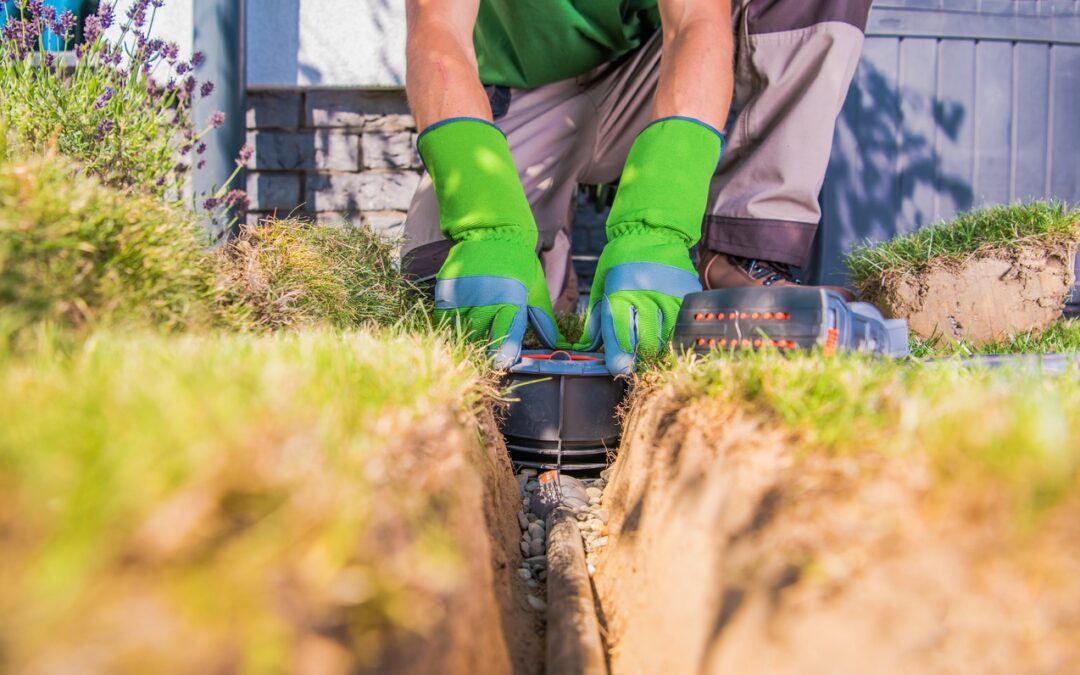






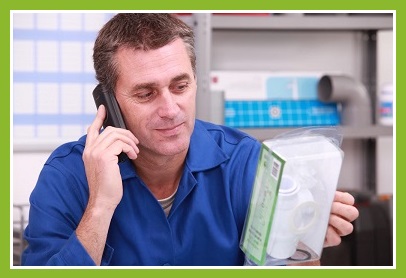 When Selecting
When Selecting

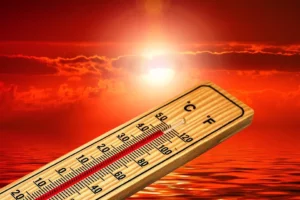
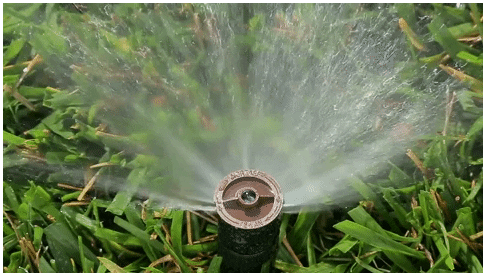
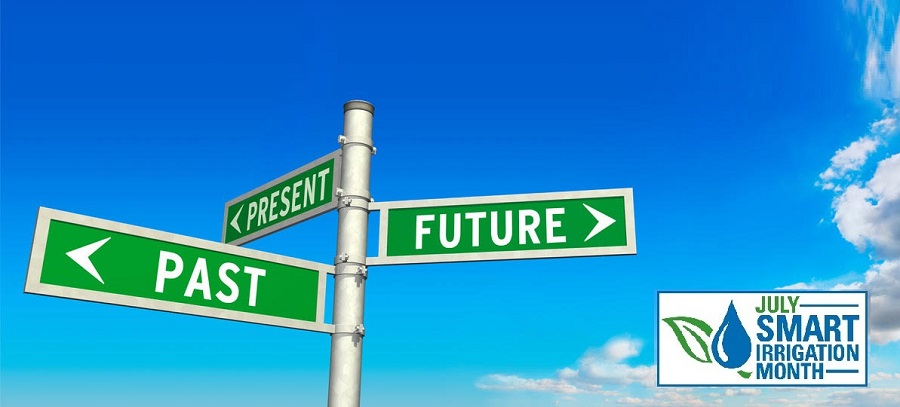
 Help Ohio Declare
Help Ohio Declare